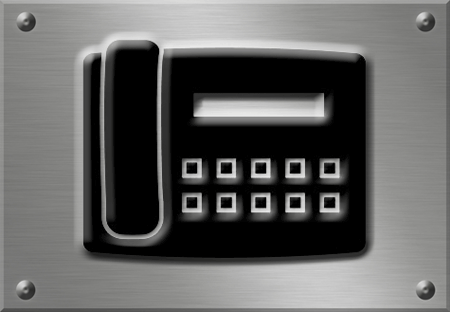
What is a Hunt Group?
 Today’s cloud-phone systems come with a variety of features that were never available on analog phone systems. One such feature is a hunt group.
Today’s cloud-phone systems come with a variety of features that were never available on analog phone systems. One such feature is a hunt group.
A hunt group distributes calls from a single phone number to a group of pre-selected numbers in a company. Simply put, when a call is received via your company phone number, the hunt group feature will route the call to a group of hunt group members so they can have the option of answering the call.
The members in each hunt group are added by a domain administrator, using each member’s phone extension. In most cases, hunt groups are based on job duties or titles. For example, if you are part of the sales team within your company, you’d likely be added to the sales hunt group. Hunt groups can also be organized according to other common characteristics, such as working hours. Often times (but not always), hunt groups are also organized by order. In otherwards, if you’re fourth in the hunt group, you will be the fourth person in line to be contacted if the first three members don’t pick up.
Hunt groups are a very useful feature, because they help decipher who the call is for and who the person on the other end should be talking to. Of course, it does so automatically, rather than needing a person to do it manually.
How do hunt groups work?
There are 4 ways a call can be distributed to a hunt group:
The first way is a simultaneous call. Simultaneous call hunt groups do not use the call order feature. Rather, when a call comes in, all the phones in the activated hunt group will ring at the same time. Members of the hunt group can pick up the call if they are available to, are let a colleague do so if they are busy.
The second way is a regular call. Regular calls do use the call order feature. When a call comes in, the hunt group sends the call to the first phone number in the list. If this line is busy or the phone goes unanswered, the call goes to the second phone number, and so on through the hunt group extension list.
 The third way is a uniform call – sometimes called a longest idle call. In this case, when a call comes in, it is sent to the phone extension which has been idle or unused for the longest amount of time. If this line is busy, the call will go to the next idle line and so on.
The third way is a uniform call – sometimes called a longest idle call. In this case, when a call comes in, it is sent to the phone extension which has been idle or unused for the longest amount of time. If this line is busy, the call will go to the next idle line and so on.
The fourth way is a circular call. In a circular call, when a call comes in, the call rings one predesignated phone extension first. When the next call comes in, it chooses a different phone line to ring first. This continues across each of the lines in the hunt group, until the call reaches the end of the hunt group extensions. It then starts over at the first extension again. This way, every member of the hunt group will eventually be the first in line to receive an incoming call.
Members can log in and out of hunt groups to prevent phones ringing when they’re not around to answer it.
Using a hunt group is beneficial for any business, from an organizational perspective and a professional one. Hunt groups allow a business of any size to handle a large volume of calls. Utilizing hunt groups ensures that no call will go to voicemail and that important calls will get answered.
Return to the Tech Trends Newsletter
